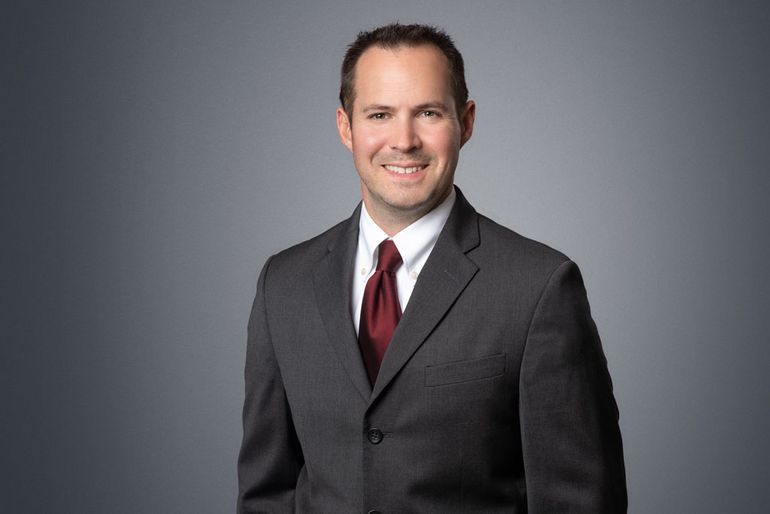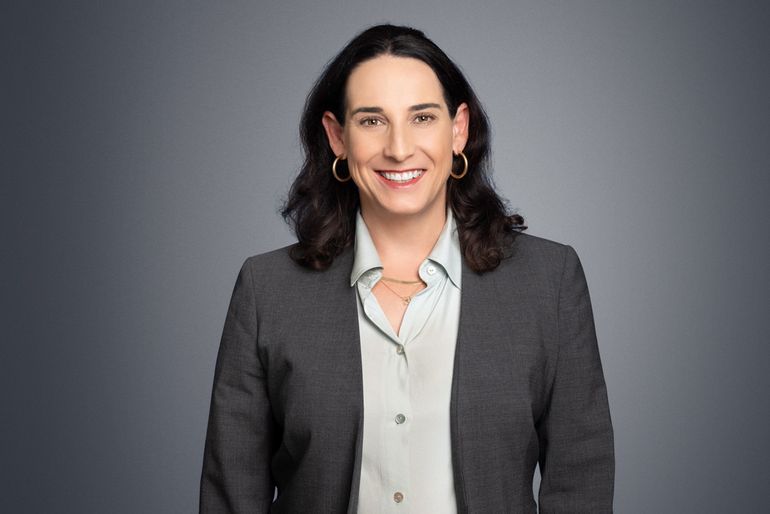News & Insights
Legal Alert

Beyond Sackett: California’s Expanding Role in Wetlands Permitting and the Future of “Waters of the State”
2025 Land Use, Environmental & Natural Resources Update
6.18.25
California’s regulatory authority over “waters of the state” continues to grow even as the federal definition of “Waters of the United States” (WOTUS) narrows under shifting legal and regulatory frameworks. In Sackett v. EPA (598 U.S. 651 (2023)), the U.S. Supreme Court significantly restricted the scope of federal authority over waters and wetlands under the Clean Water Act (CWA), rejecting the “significant nexus” test from Rapanos v. United States (547 U.S. 715 (2006)). The Court held that only “relatively permanent, standing or continuously flowing” waters with a “continuous surface connection” to navigable, interstate waters qualify as federally jurisdictional WOTUS.
While the full impact of Sackett remains in flux, it is clear that many aquatic features previously protected under federal law are no longer considered jurisdictional WOTUS. This includes non-wetland features such as isolated waters and ephemeral streams, as well as wetlands that do not physically adjoin a jurisdictional waterbody.
In California, the practical result of Sackett is that the state is now poised to take on an expanded role in wetlands protection. Although California has not yet adopted comprehensive regulatory reforms to address the jurisdictional gap left by Sackett, recently proposed Senate Bill 601 (SB 601) signals the state’s intention to assert regulatory authority over formerly federally protected waters. This shift could have significant implications for developers, local governments, and permitting agencies.
FEDERAL DEVELOPMENTS
Building on Sackett, recent federal agency actions signal a further narrowing of federal jurisdiction. In March 2025, the U.S. Environmental Protection Agency (EPA) and U.S. Army Corps of Engineers (Corps) issued a joint memorandum to field staff, clarifying implementation of Sackett’s “continuous surface connection” test. Around the same time, these agencies also published a notice in the Federal Register — colloquially dubbed the “WOTUS Notice: The Final Response to SCOTUS” — announcing a forthcoming public process to solicit stakeholder input on future rulemaking related to WOTUS and wetlands. Both documents reflect an intent to further restrict the federal reach of the CWA.
As a result, more land development activities that involve wetlands or aquatic features may proceed without triggering the need for federal permits under CWA §§ 402 (National Pollutant Discharge Elimination System (NPDES) permitting) or 404 (dredge and fill).
CALIFORNIA’S WETLAND DEFINITION AND POLICY LANDSCAPE
Wetlands no longer regulated under the CWA remain protected in California under the Porter-Cologne Water Quality Control Act (Porter-Cologne), which governs discharges to “waters of the state.” In 2024, Assembly Bill 2875 established a state policy to achieve both no net loss and long-term net gain of California’s wetlands, reinforcing this broader regulatory mandate.
Historically, California collaborated closely with the Corps in the review and permitting of projects impacting wetlands, particularly through the CWA Section 401 water quality certification process. With federal jurisdiction curtailed post-Sackett, this collaboration has diminished, and California agencies — especially the State Water Resources Control Board (State Water Board) and the nine Regional Water Quality Control Boards (Regional Water Boards) — are expected to fill the regulatory void.
Although the State Water Board adopted a wetlands definition and state dredge-and-fill procedures in 2021, these rules predate Sackett. In 2023, the State Water Board issued a set of frequently asked questions (FAQs) acknowledging the Sackett Court’s decision and previewing several of the regulatory issues that have since materialized.
With fewer projects eligible for 401 certification, the Regional Water Boards have shifted toward processing more state-only Waste Discharge Requirements (WDRs). Unlike the streamlined, administrative CWA § 401 process, WDRs typically involve a minimum three-month public process. While General Orders and Programmatic WDRs offer expedited pathways, the most efficient option remains structuring a project to maintain a federal hook, thereby preserving access to the 401 certification route. Post-Sackett, however, this is increasingly difficult for many projects.
PROPOSED SENATE BILL 601
State legislators are seeking to reaffirm California’s commitment to filling any regulatory gaps left by Sackett through SB 601, which would expressly extend protections to “nexus waters”— a newly defined term intended to encompass waters no longer covered by federal law. While many of the bill’s provisions are largely duplicative of existing state authority under Porter-Cologne, several provisions of SB 601 would expand enforcement tools and compliance obligations, raising potential concerns within the development community.
Among its current provisions, SB 601 would:
- Define “nexus waters” broadly to include all waters of the state that are also not navigable waters, with limited exceptions.
- Add a citizen suit provision, allowing an action to be brought in the public interest in superior court, by any “person who has suffered an injury in fact,” to enforce either state water quality standards or federal standards in effect as of January 19, 2025.
- Eliminate the requirement that Regional Water Boards consider factors such as economic impacts and housing needs when establishing water quality objectives for nexus waters.
- Authorize the State Water Board to adopt water quality control plans for all nexus waters.
- Make a failure to file a required report of waste discharge under WDRs subject to civil liability and criminal penalties under California law and incorporate analogous provisions of the CWA.
- Require the State Water Board’s executive director to increase civil monetary penalties for certain violations of WDRs to account for inflation, but not to exceed 150% each year other than the first year.
LOOKING AHEAD
Taken together, the narrowing of the federal CWA’s reach and proposed SB 601 may impose additional burdens on project proponents, including regulatory uncertainty, permitting delays, and higher compliance costs associated with wetlands and water quality regulation. As SB 601 advances through the legislative process, stakeholders should monitor its progress closely and prepare for continued evolution in California’s approach to wetlands permitting.
Authors
Partner
Partner
Associate
RELATED SERVICES
News & Insights
Allen Matkins Leck Gamble Mallory & Natsis LLP. All Rights Reserved.
This publication is made available by Allen Matkins Leck Gamble Mallory & Natsis LLP for educational purposes only to convey general information and a general understanding of the law, not to provide specific legal advice. By using this website you acknowledge there is no attorney client relationship between you and Allen Matkins Leck Gamble Mallory & Natsis LLP. This publication should not be used as a substitute for competent legal advice from a licensed professional attorney applied to your circumstances. Attorney advertising. Prior results do not guarantee a similar outcome. Full Disclaimer



